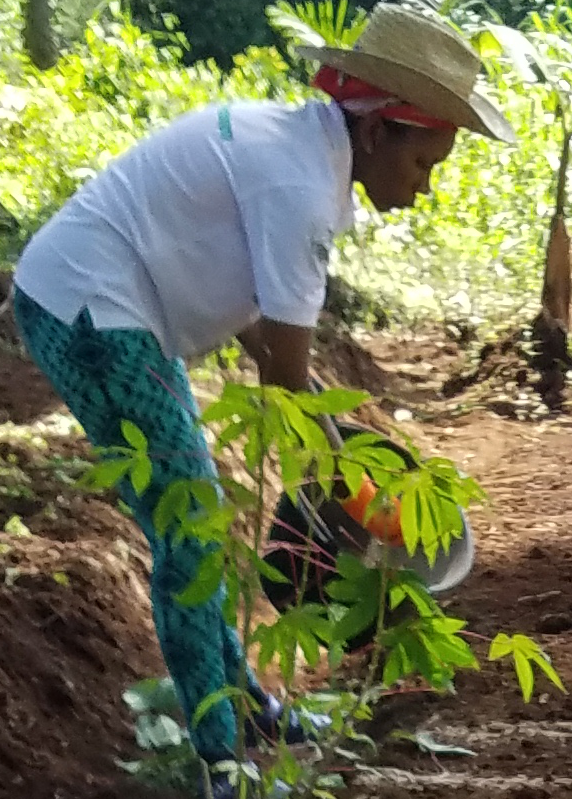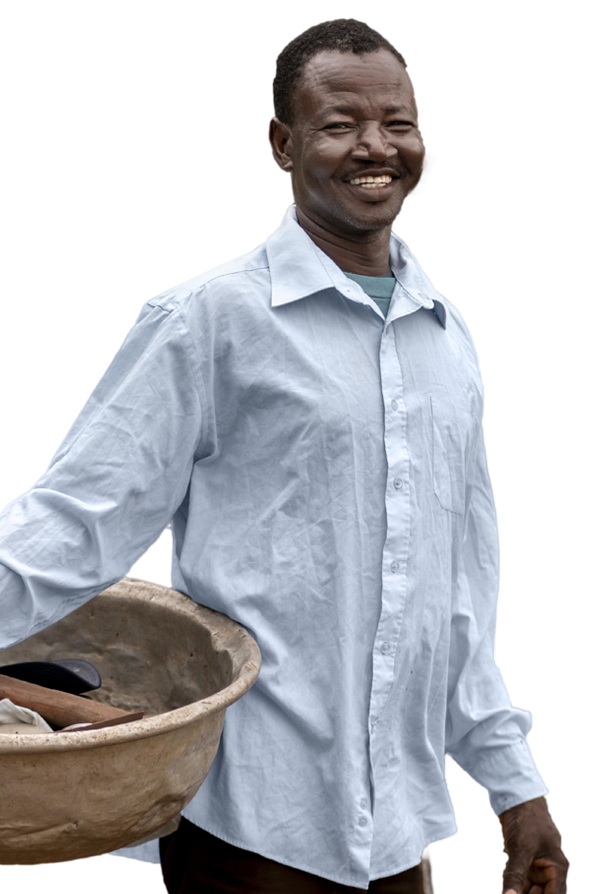Farm School
The Farm School initiative aims to assist smallholder farmers in...
Our mission is to work with communities in creating lasting solutions to food insecurity, poverty and social injustice, leveraging agriculture and its related activities.
Our vision is to improve livelihood, ensure food security and build sustainable communities leveraging agriculture.
We engage in a number of projects in a bid to change conditions that have allowed food insecurity, poverty and social injustice to thrive
Learn more about us
Created in 2016, we have engaged in a number of projects like training smallholder farmers on new and improved farm techniques, providing knowledge and resources to orphanages and ensuring food security for the children housed in these orphanages.



Improve the livelihood of smallholder farmers
Reduce postharvest
loss
Combat food
insecurity
Build strong and resilient communities
Sunt in culpa qui officia deserunt mollit anim
Sunt in culpa qui officia deserunt mollit anim
Sunt in culpa qui officia deserunt mollit anim
Sunt in culpa qui officia deserunt mollit anim
The Farm School initiative aims to assist smallholder farmers in...
The Green Basket initiative aims at linking smallholder farmers to...
Adopt A Garden aims to orphanages in Cameroon food by...





Our mission is to work with communities in creating lasting solutions to food insecurity, poverty and social injustice, leveraging agriculture and its related activities.
We engage in several projects in a bid to change conditions that have allowed food insecurity, poverty and social injustice to thrive.
Fill the form below to contact us.

Duis aute irure dolor in repre henderit in volupt ate velites cillum dolore..
Miley Houdson
CEO, Houston

Duis aute irure dolor in repre henderit in volupt ate velites cillum dolore..
James Scott
Director

Duis aute irure dolor in repre henderit in volupt ate velites cillum dolore..
James Scott
Director

Duis aute irure dolor in repre henderit in volupt ate velites cillum dolore..
Miley Houdson
CEO & Founder
Duis aute irure dolor in reprehenderit in voluptate velit esse cillum dolore eu fugiat nulla pariatur sint occaecat cupidatat non proident
Duis aute irure dolor in reprehenderit in voluptate velit esse cillum dolore eu fugiat nulla pariatur sint occaecat cupidatat non proident, sunt in culpa qui officia deserunt mollit.
Lorem ipsum dolor sit amet, consectetur adipiscing elit, sed do eiusmod tempor incididunt ut labore et dolore magna aliqua. Duis aute irure dolor in reprehenderit in voluptate velit esse cillum dolore eu fugiat nulla pariatur.
Excepteur sint occaecat cupidatat non proident, sunt in culpa qui officia deserunt mollit anim id est laborum.


Founder

Project Manager

Operations Manager

Project Assistant
Connect with us
Behind Eneo Head Office, Yassa Douala
info@greenfarmlands.org
+237 651 406 400
Copyright ©2024 Green Farmlands. All Rights Reserved